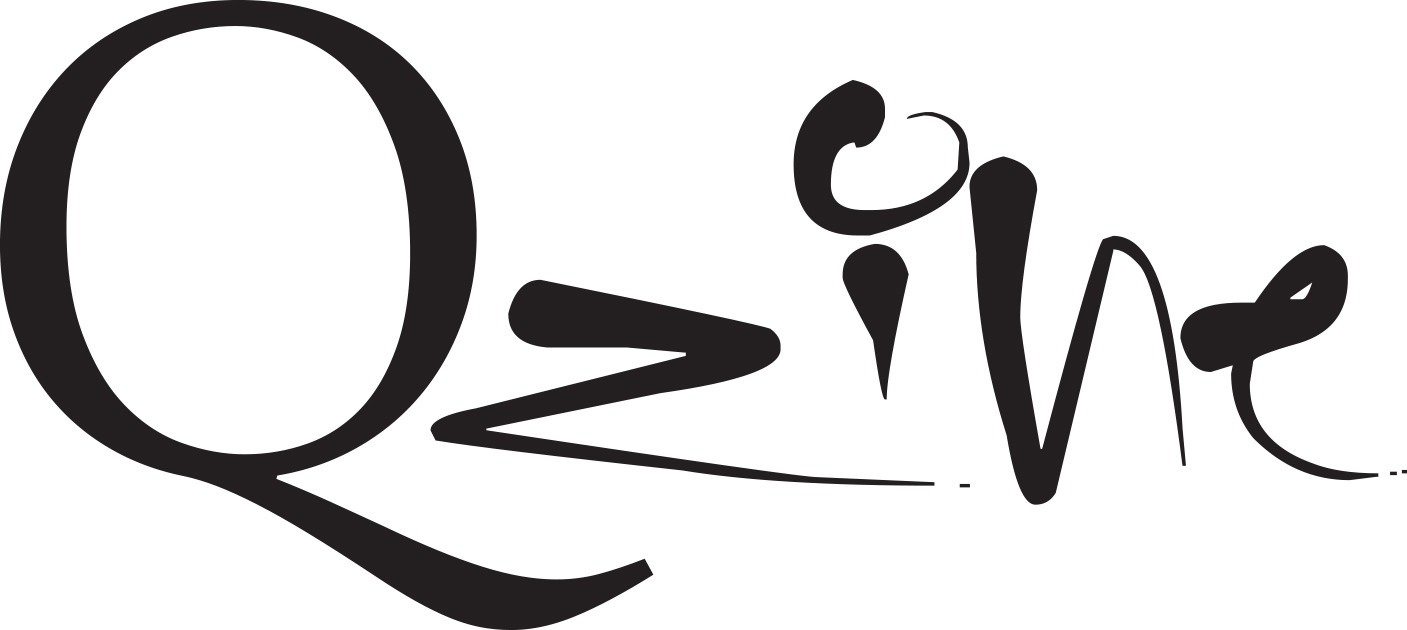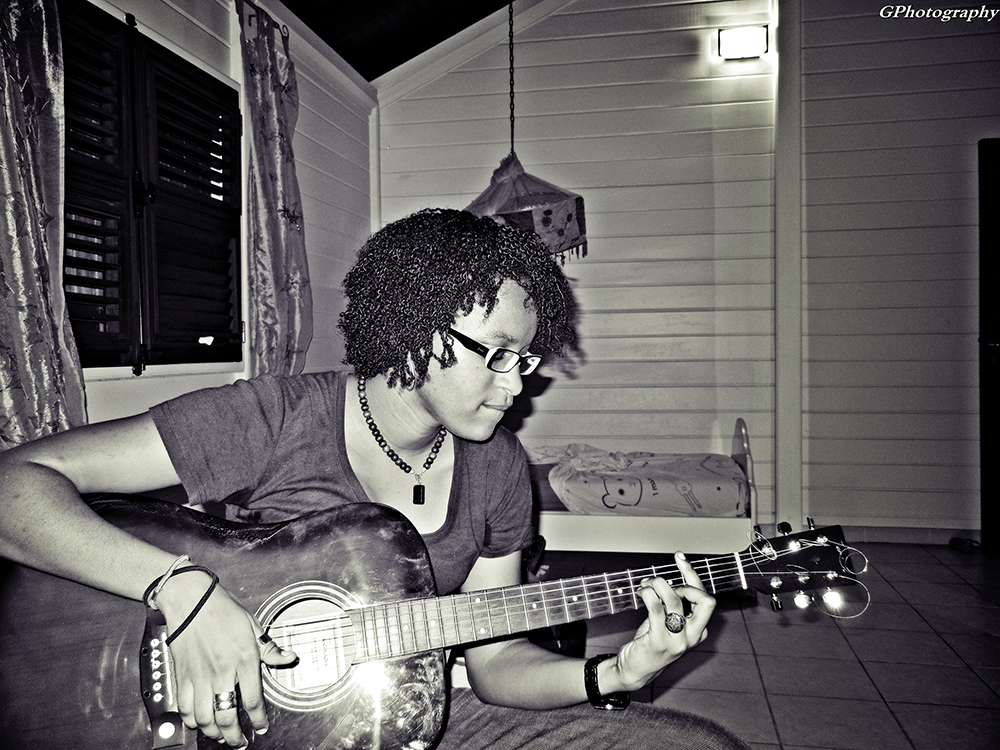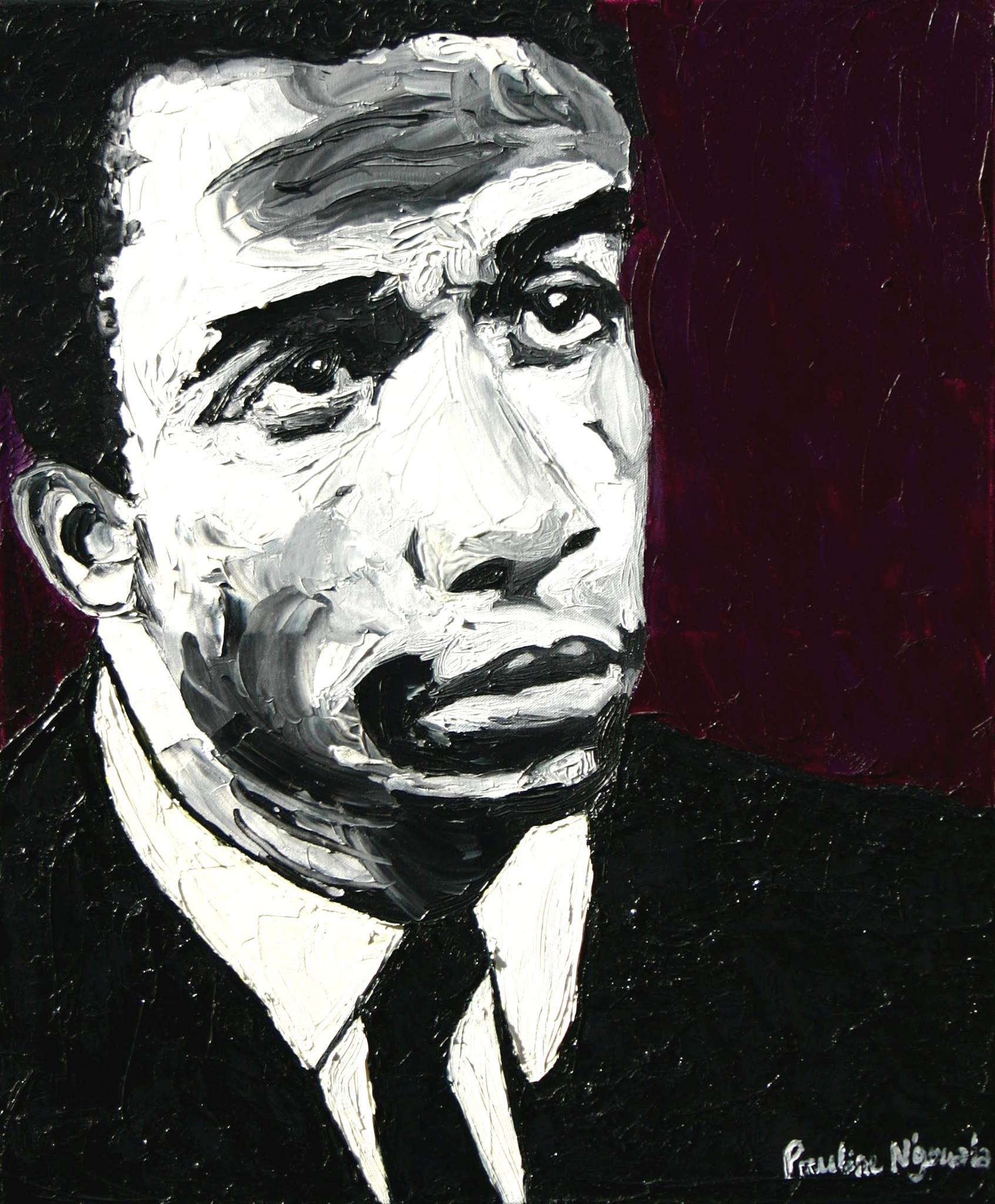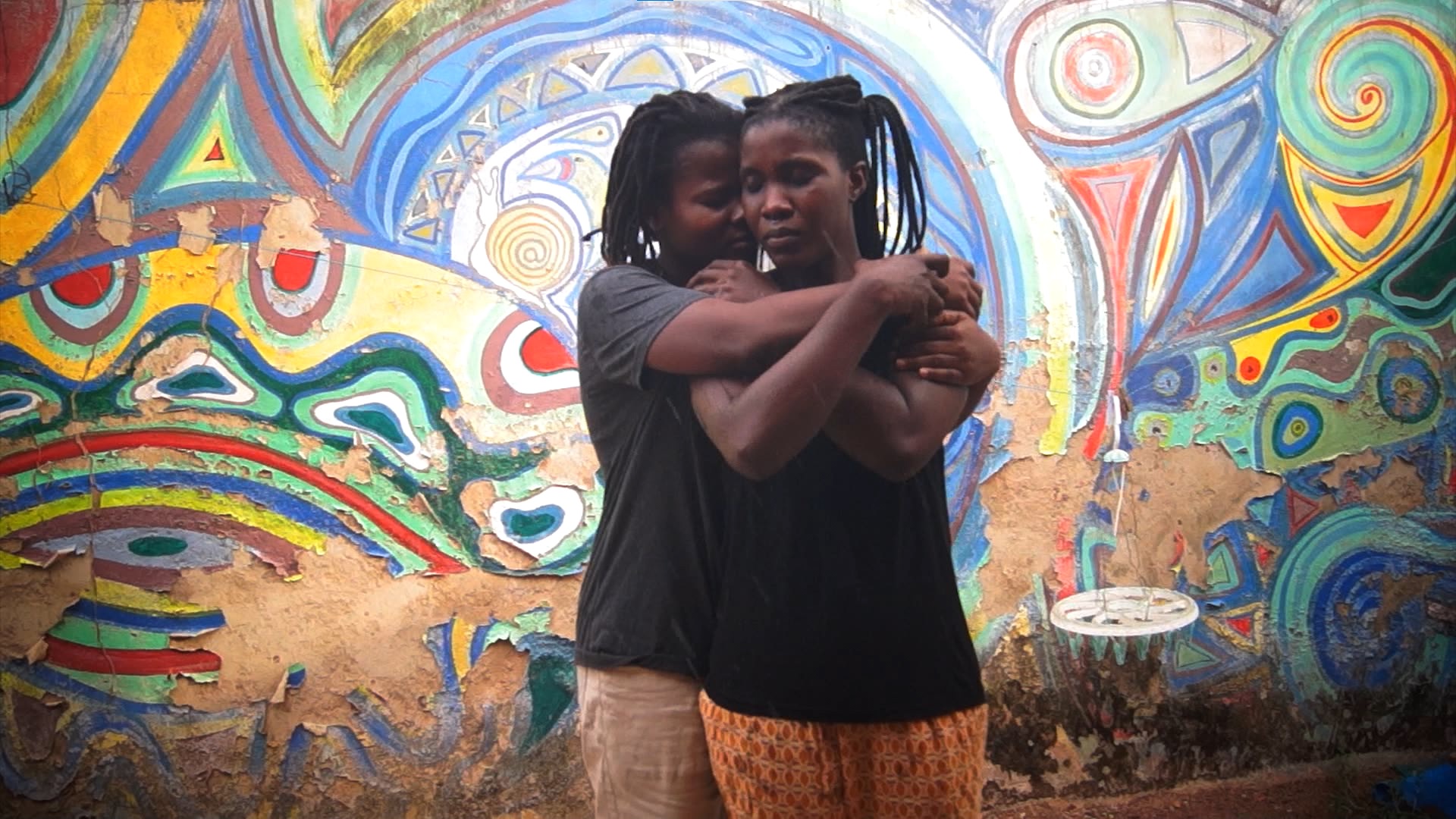Who Changes The World In One Day?
A conversation with Ziada Fana
Interview by Rufaro Gwarada. Photo by Ziada Fana
Ziada Fana is an Eritrean-American photographer, born and raised in the San Francisco Bay Area and Asmara, Eritrea. Based in Oakland, CA, her work centers around human experiences and identity. This conversation came about after Ziada had to reconsider her contribution to this 10th anniversary edition due to challenges brought about by a repetitive strain injury. She opened up to Q-zine about how her physical challenges have pushed her to invent more creative ways of being, both in her body and in the world, and about what she is learning and unlearning along the way.
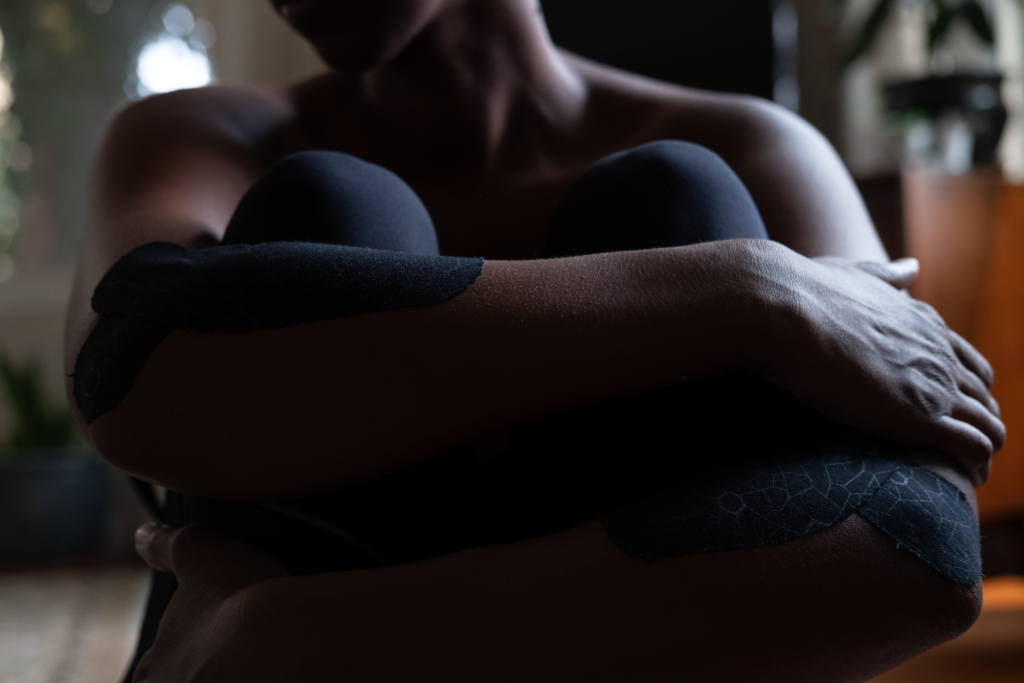
Initially we talked about your project as a self-portrait of your hands, but as more ideas came to you, after you had to take a break from work to rest your hands, you realized that you’d need to use your hands to edit the photos that you were thinking about taking.
Yes and I think that part of me was trying to follow through on my commitment, still do something but without being impacted. As I considered options, I was excited by the possibility of setting photos on a timer thinking it wouldn’t require me having to hold, or click or, do anything with the camera that requires my hands. I thought it would be a good experiment to see photos I’m able to come up with using a different method. But then, as creativity comes in whatever ways, I started to have all these different ideas, many of which I shut down. Ultimately, everything that I was thinking of required me having to go in and edit these photos. I could potentially do it if I found somebody who was an editor to do it for me. But that’s not an option, the final images wouldn’t be self-portraits.
Let’s go back to the theme of this 10th anniversary issue. It’s about building new worlds, or new ways of being in the midst of the catastrophe that’s COVID and everything else that’s come with it. What’s one of the new ways of being in your creativity that allow for thriving, that you are leaning into, or practicing?
That’s been the harder piece as it relates to photography, because it’s something that’s been more difficult to tap into. Between the RSI [Repetitive Strain Injury] and distance from people, it’s a practice that hasn’t flourished. And there’s been judgment around that too like: okay, I’m not really committed to this thing. Or: it doesn’t give me that spark anymore. This inner dialogue is happening even though [my injury and COVID] are not necessarily all within my control, right? But I know that I’m a creative person, deep down, and so I’ve had to find other ways to tap into that. One of the ways has been through music. Even though I’m still using my hands to DJ, what’s required of my hands and the time commitment is different. Less physical effort, less time.
Being with music in that way has made it so I can tap back into that joy [of creativity]. The other piece is music curation. I would make very short playlists for friends who were experiencing something good, bad, or something in-between. That was a way for me to still be able to connect with people, without judgment, and without it being a thing for other people per se. It could just be the thing that I did for myself as an act of love for my friends. I don’t see myself being a DJ but my friends always respond positively to my playlists.
If someone reading the article wanted to find your playlists somewhere, where might they look? Or is your DJing more just for you and loved ones and not for public consumption?
Anybody who wants access to the playlists can check them out on Spotify. I’m also looking into other ways to share my playlists like through YouTube or SoundCloud and incorporating more creativity.
Great! So, going back to your original self-portrait idea, what had you been hoping to capture in your images of your hands?
I wanted to change the narrative about RSI. This is something that we’ve talked about a lot including how having an invisible injury can be so isolating, especially when it’s something where people can’t recognize it. Or if it’s something people haven’t had experience with then it’s very hard for them to empathize with somebody who has RSI. To have people tell you it’s not that serious, or that you’re exaggerating your pain and discomfort is disappointing and jarring. So, basically, unless I have a million braces on my arms, then [RSI] is not understood as an issue, and neither are the limitations around the types of things that you can and can’t do. For instance, depending on the day, I can maybe push a cart for a certain distance but I can’t open a jar or mix ga’at or pap or sadza or whatever. It comes down to understanding the grades of ability. I think it’s really hard for some people to get that.
And then there’s a lot of guilt and shame that goes along with it too. For instance, I want to be able to come over and hold the baby, and take him off your hands, but I know just the fact that he is gaining a pound every day means I can’t help in that way.
It’s been interesting because I’ve been trying to be more creative with thinking about how I exist. So to go back to your question, I think a part of it was being able to change the narrative, so it’s not so much of “I can’t do X, Y and Z” but more so “how am I connecting with the things in my environment, and the things that I enjoy doing?” As an example, I have all of these little plant propagation stations in my house. And I’m like, okay, you know you need to stop doing this because it’s about to be a plant hoarding situation [laughs], but it’s something that’s been fun to do. I’ve also enjoyed watching the plants that just by their nature are resilient. I’ve watched their root systems and it’s fascinating. I’ve learned more about plants in the forest in general … about their whole network underground. It’s just really been fascinating, a gift really, to get lost in nature, and not just nature but other living things and not being so in my head, and in my body’s challenges.
There is an exercise that my partner always does, that she always gets me to do at the end of the day. She asks me to name three things I’m grateful for and one way I changed the world.
So coming back to world building and other ways of being, what have you learned about yourself, and what kind of world are you building? I asked that, knowing that a lot of the time when we talk about building, it requires our hands, and you have an injury that can be debilitating. How are you thinking about world building, not just for yourself, as you figure out how to navigate the injury but also for and with others?
There’s the very tangible brick-by-brick way of building and then there’s the way that we build our communities. I’ve been having an internal conversation, asking: what do I want from this existence, from this life? And one thing that I was thinking was, if my basic needs are covered, then from there, what else do I need or what do I want? I want a simple existence that’s not wasteful. I want to not live in excess, but also live in a way that I’m able to learn and grow through experiences, and have the flexibility to do that. And then having the opportunity to be around people, I don’t want to create harm, and I don’t want to be harmed. And so, these are all very very basic foundational things. And there’s a seed of a thought that I’ve been having around how what I learned growing up is showing up now in my life and how I might want to change it. So, for example, what does success mean? What does happiness mean? What does joy mean? How do we unlearn the things that we’re supposed to do and focus more on what we want? And one of the important things for me is being able to contribute, whether it’s on a small or large scale and that’s okay and that’s enough. When I was younger, it was very idealistic to think, I want to have this huge impact. The older I’ve gotten, the more I realized that sometimes, the smaller one-on-one interactions or experiences are the most impactful. So, I may not be able to contribute in a way that’s physically building something or putting something together as much as I would like to. But what does it look like when I have a conversation with my neighbor? What does it look like when I meet with a friend? What does it look like to have conversations beyond small talk? What does it look like to be very intentional in the way that we engage with each other? Those are some of the things that I’ve been thinking about.
And how do you move from thinking to doing?
I’m doing some of these things. The thinking about them part comes up when I reflect on my day [in the morning], and consider what could happen on that day, and how I will conduct myself. There is an exercise that my partner always does, that she always gets me to do at the end of the day. She asks me to name three things I’m grateful for and one way I changed the world.
My first reaction to the last part was: oh, I didn’t change the world today. In fact, when my partner first asked me that question, I remember saying, this is crazy, who changes the world in a day? [Laughs], I was just being difficult. She said it doesn’t have to be a huge thing. It reminds me of a situation in my first job when I I had a conversation with a student who didn’t want to do her homework. That conversation, unbeknownst to me, shifted how she approached the rest of her school. So little things like that, where we don’t even realize the impact of the small gestures are how we change the world every day.
As you’re moving through the world, what do you want to carry forward with you from the COVID times?
Well, I am not all ‘Kumbaya, this is wonderful’. Many days, I wonder about all that’s wrong in the world, what the point of it all is. And, there are moments that do give me hope, like the times I see the beauty in our community, in someone speaking to someone that they normally wouldn’t. Or when the pandemic first happened and we were all in lockdown, everybody went for walks, and that is not an American thing. So that was something that I thought was really beautiful, how people would walk and greet each other, even if they were six feet apart, how they would talk to each other.
Of course, there was the ugly side of that, but the beautiful parts stood out more. And when we talk about apocalyptic movies and stories, it’s never the thing that’s killing everybody that people are really scared of, it’s about surviving it and having to deal with other humans and the lengths they’ll go to to live another day.
So it’s beautiful when you see that kind of community building, especially when people can choose to be good or bad. It’s really easy for people to choose the bad, and I hope that in all the moments that we’ve had through this year and a half, most people have chosen the good. I hope that’s something that continues to happen.
You can find Ziada Fana’s playlists on Spotify under DjxFana and her photography @ziadafana on Instagram and her website.
